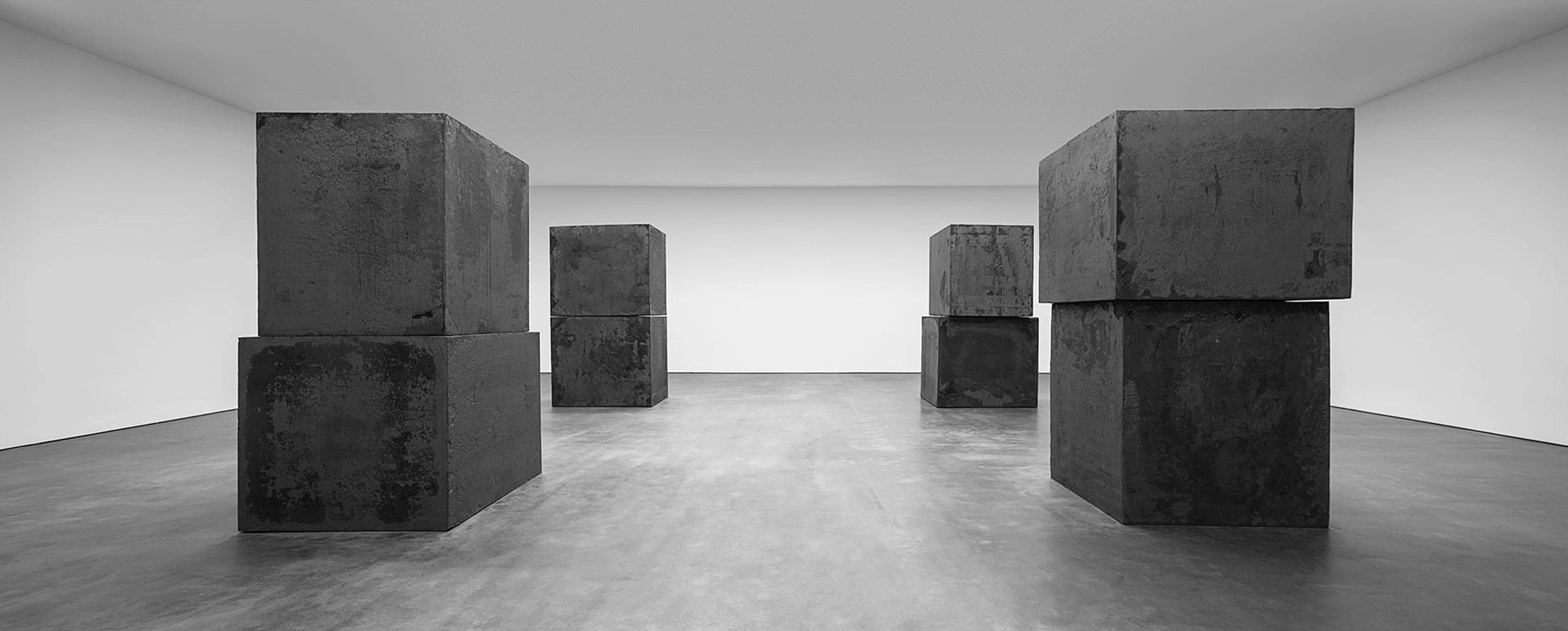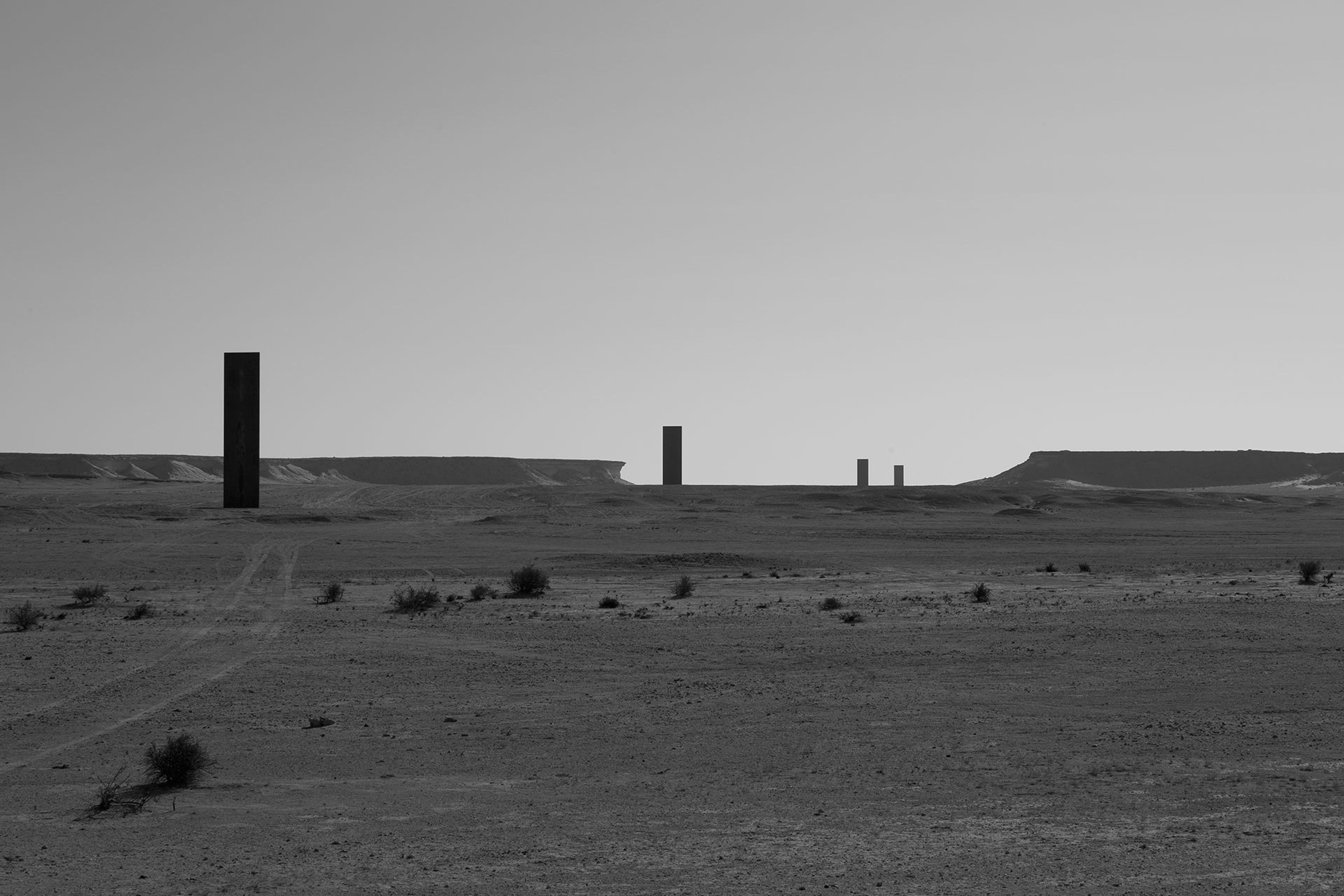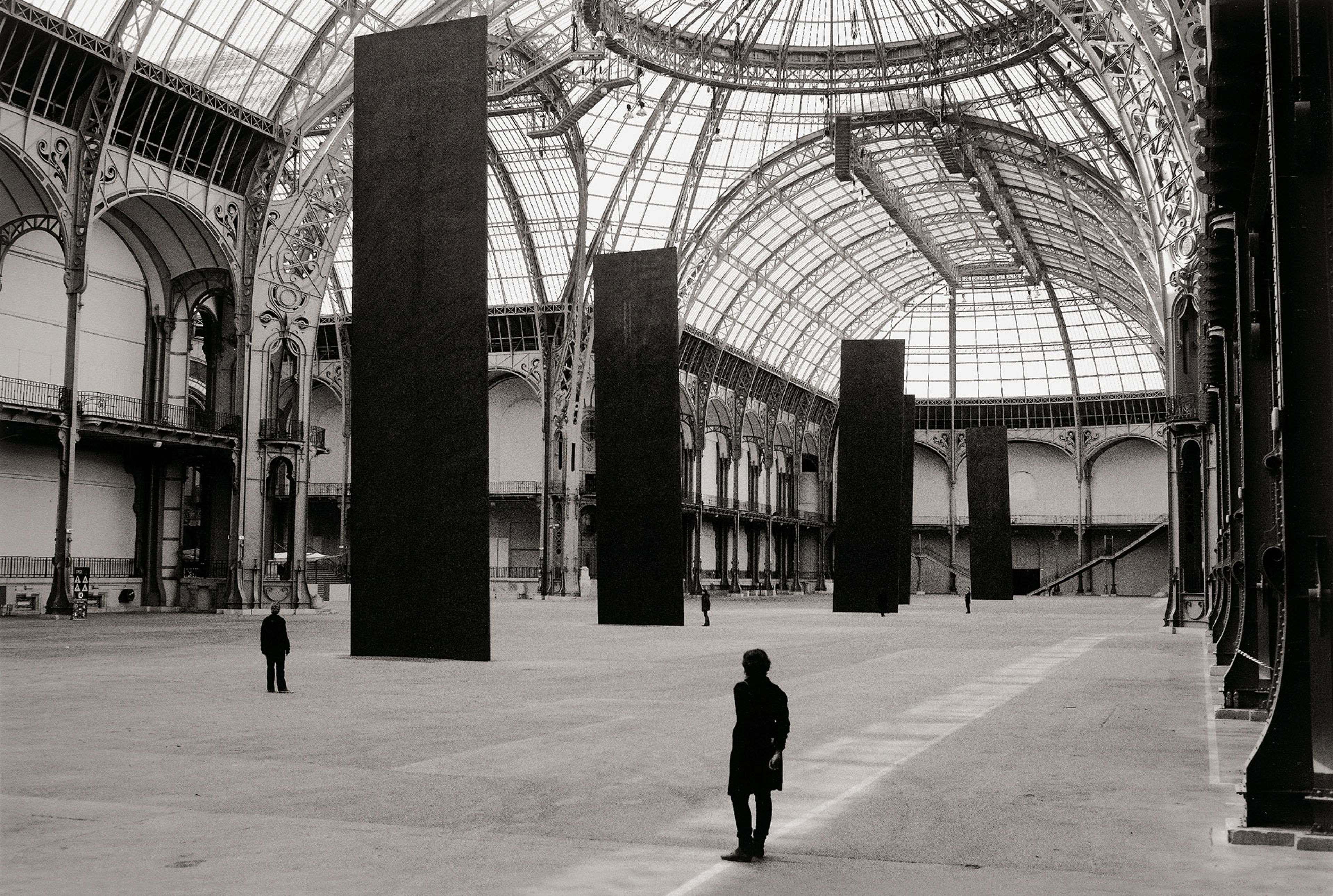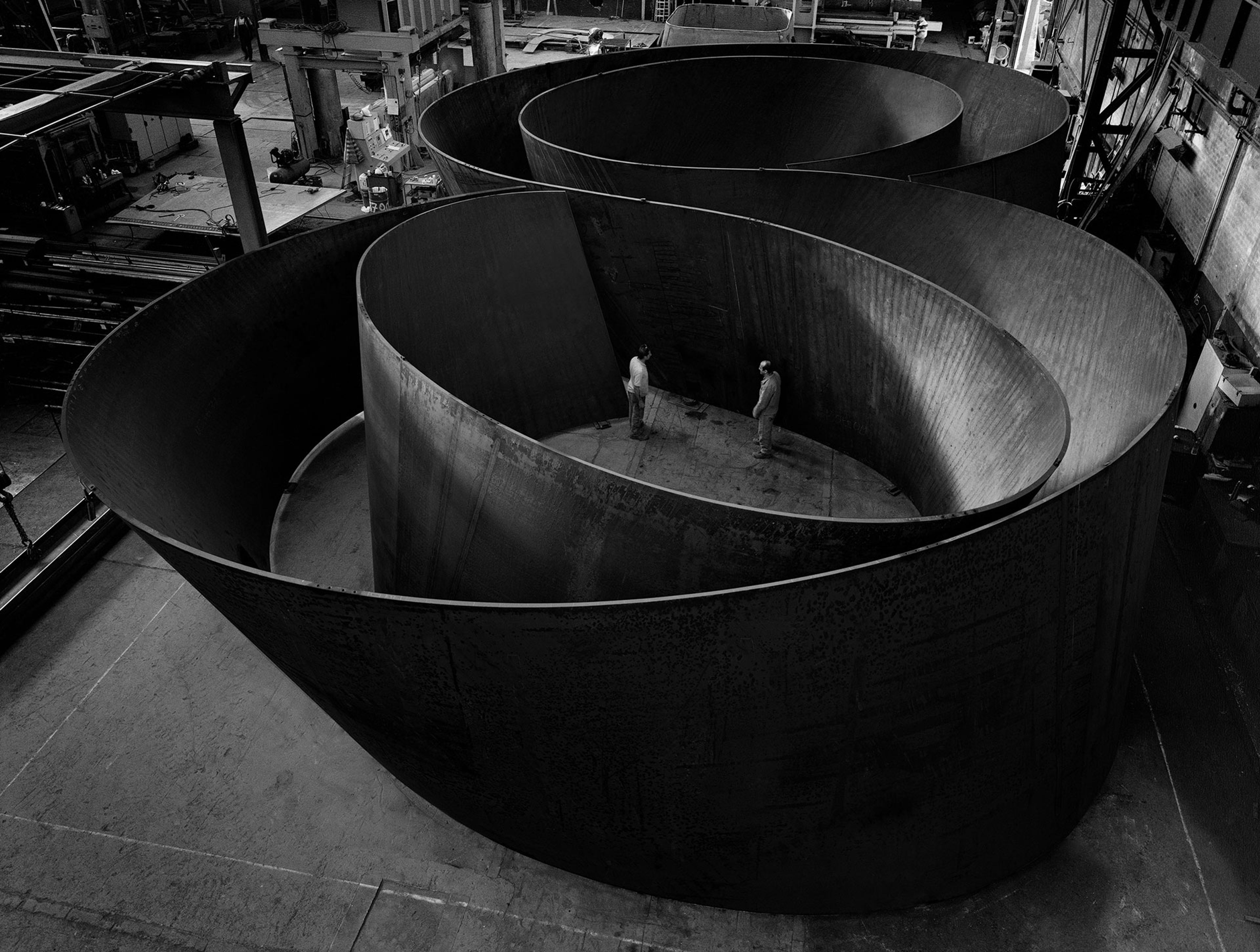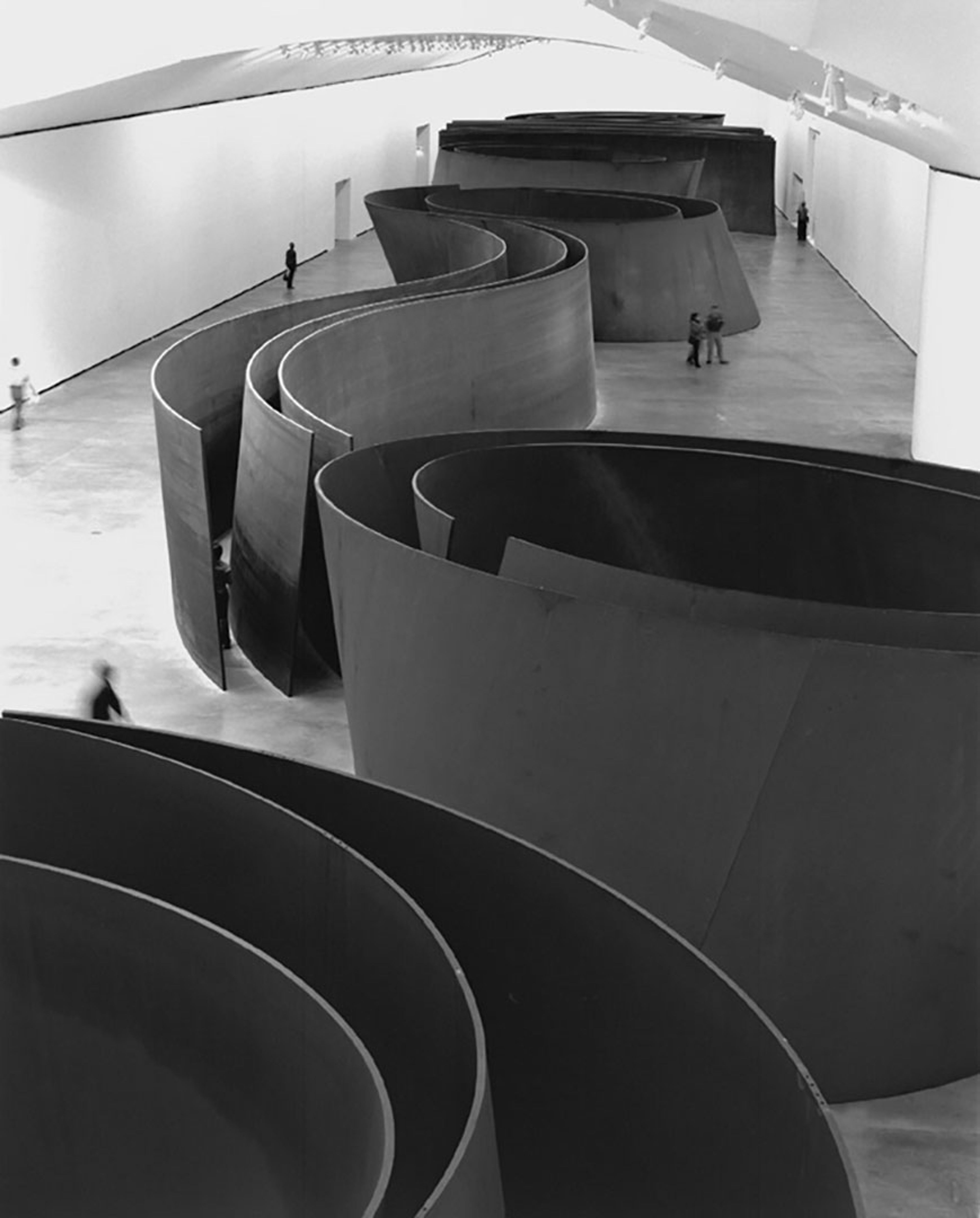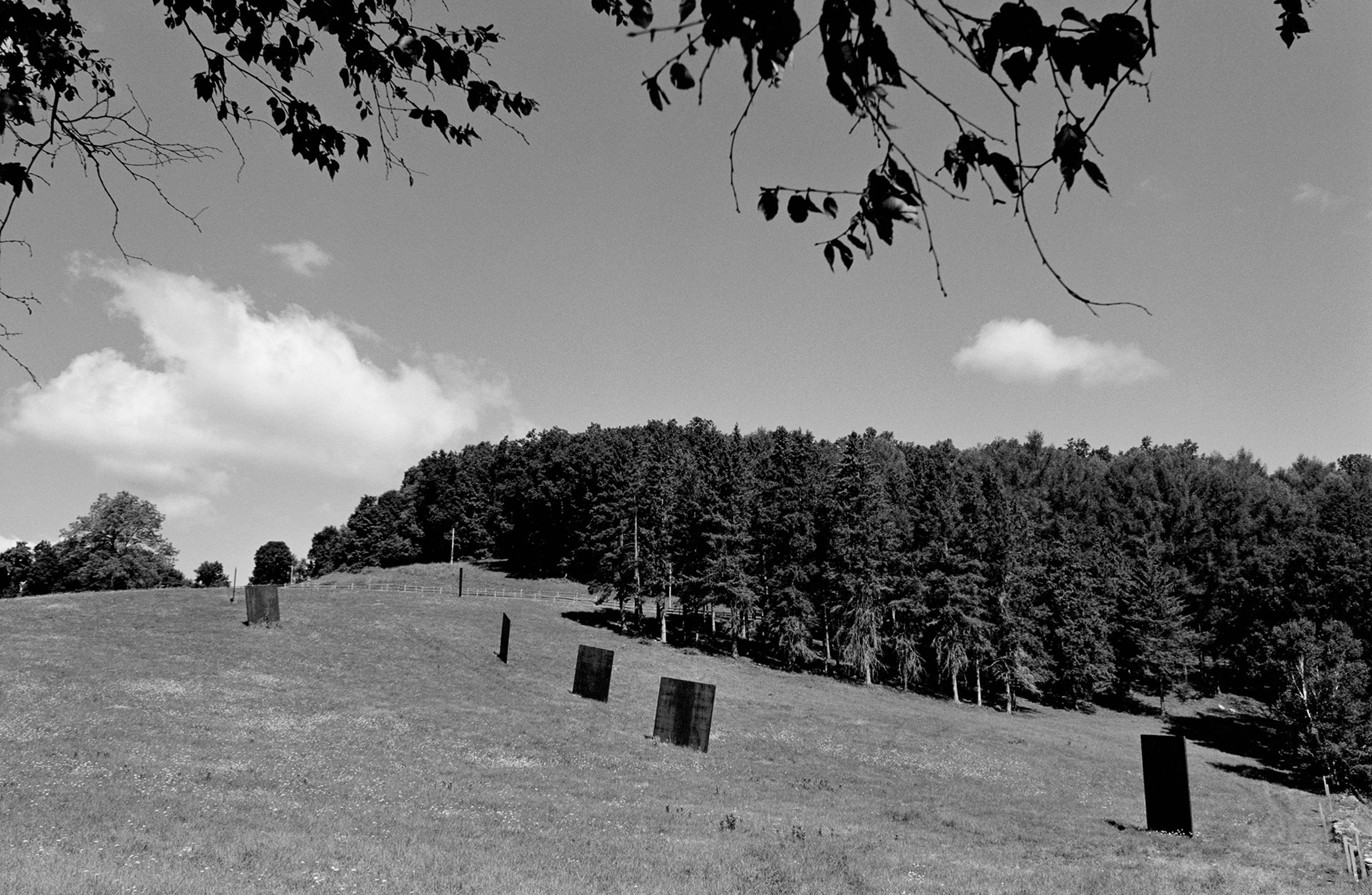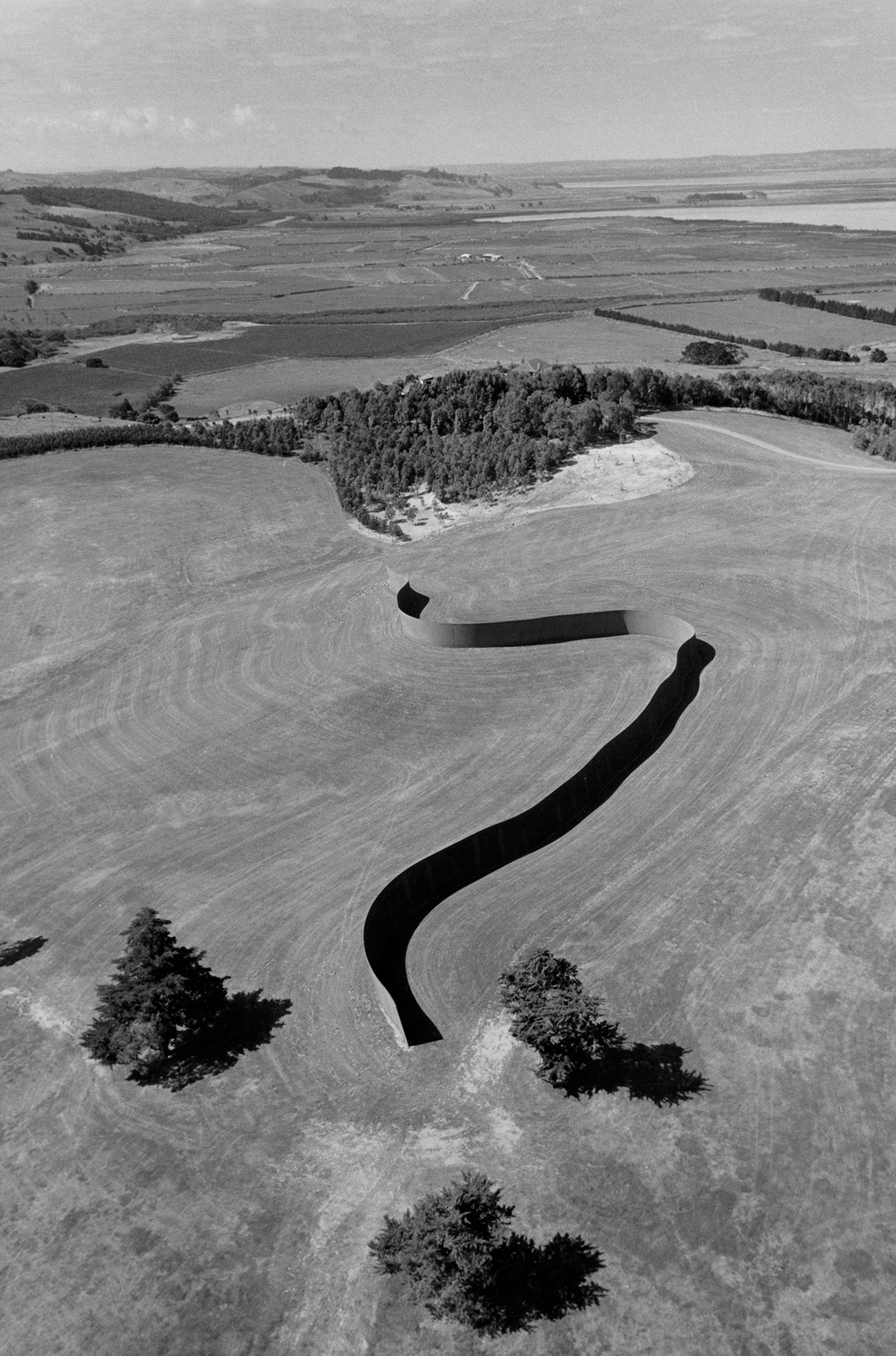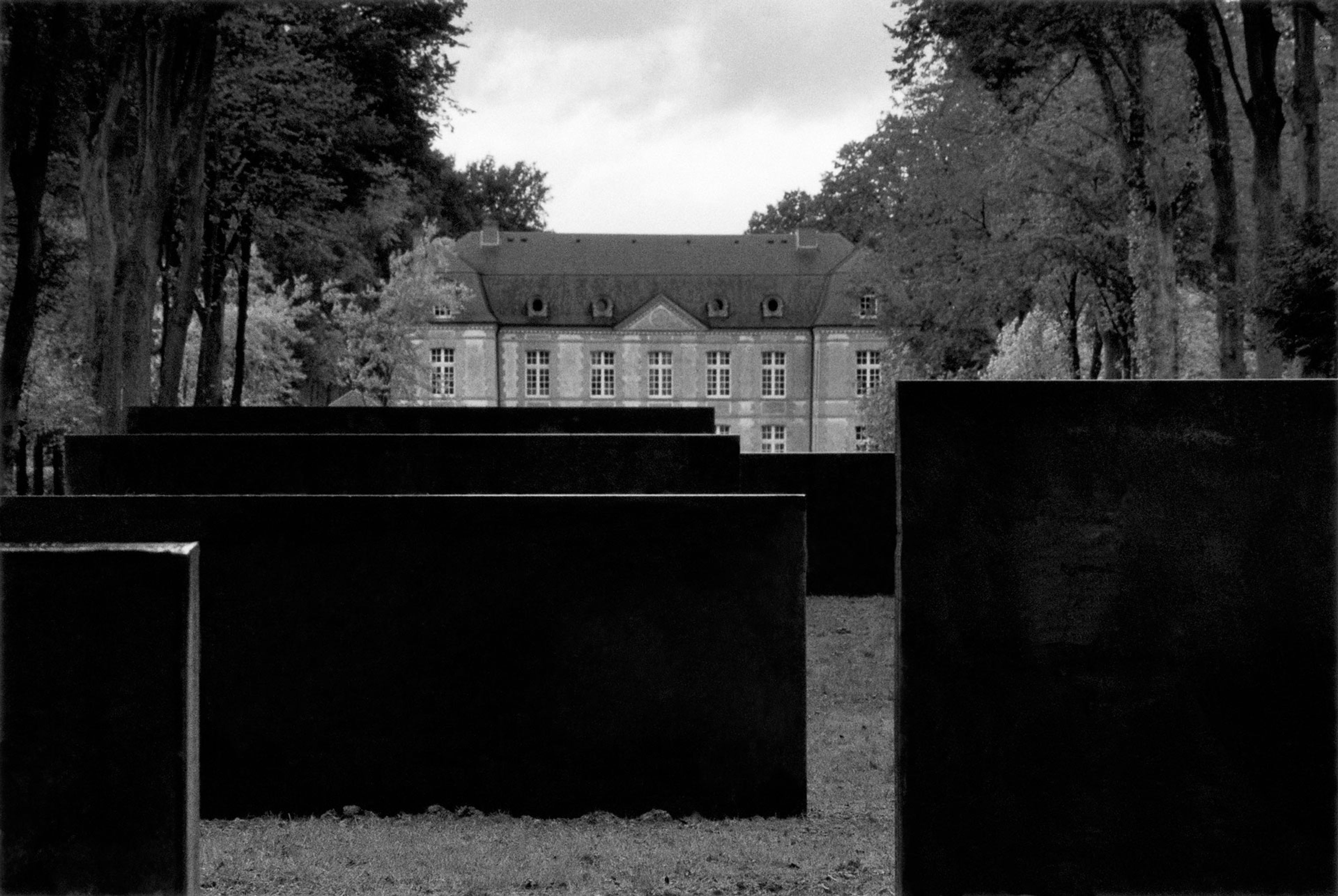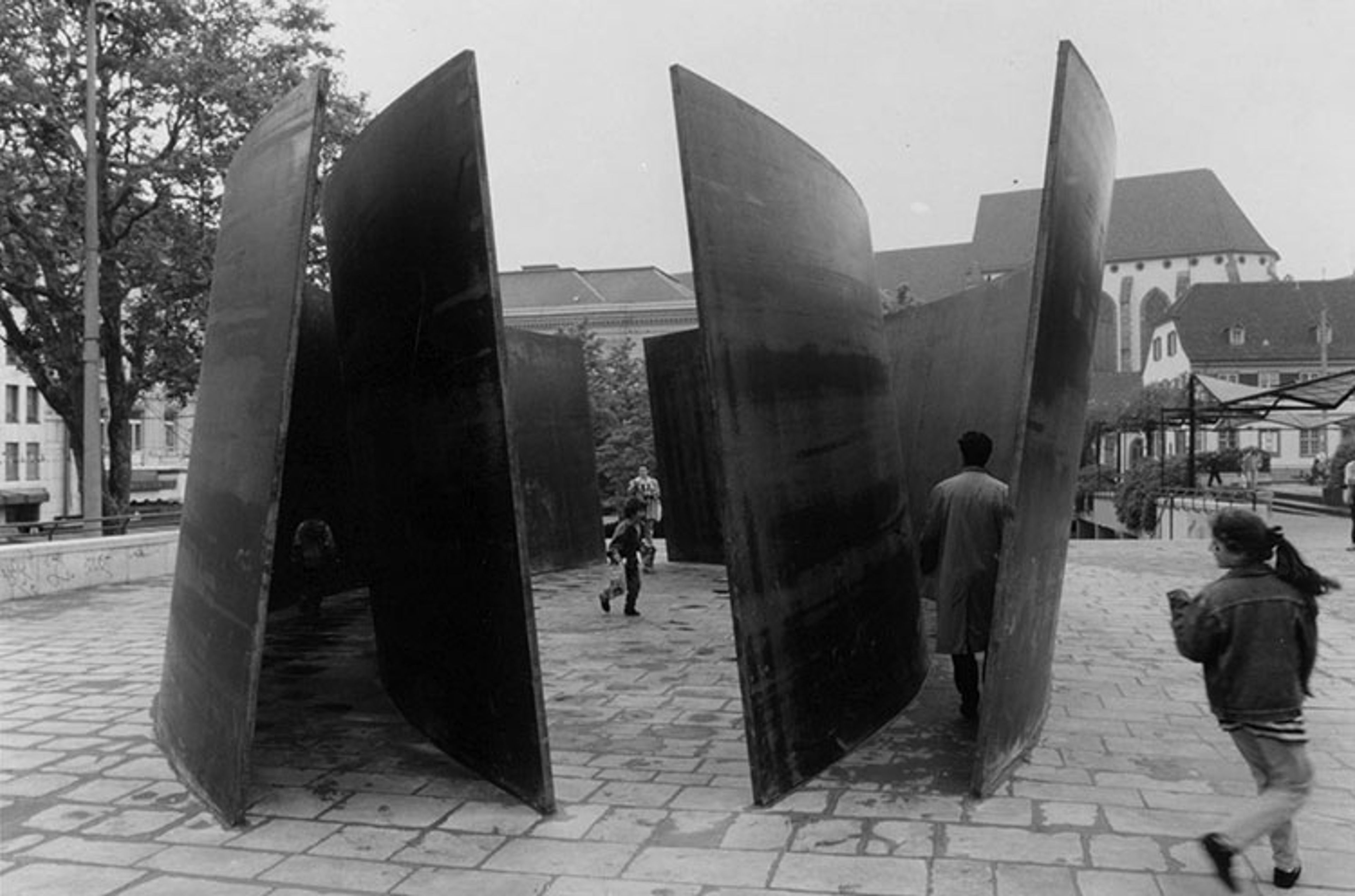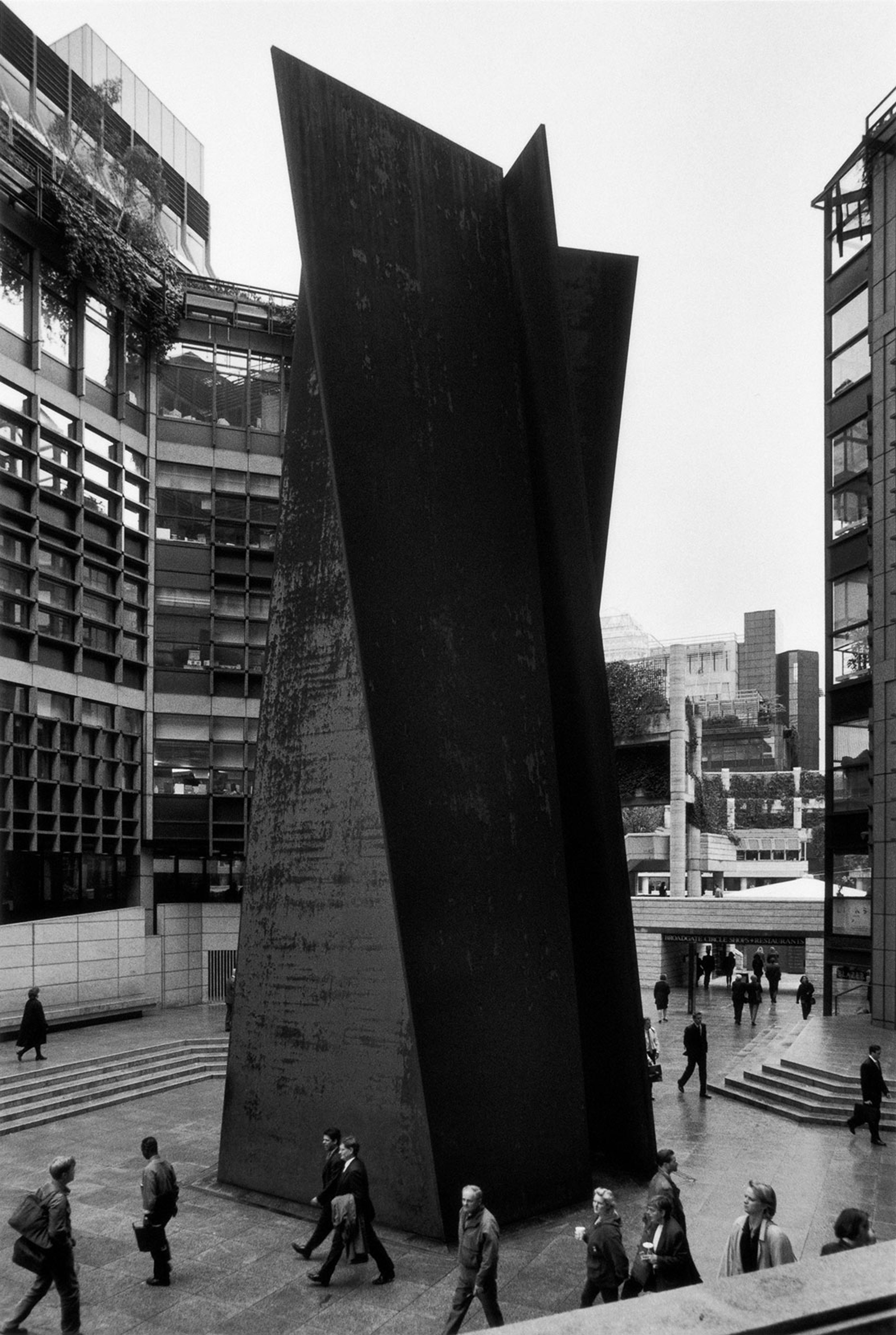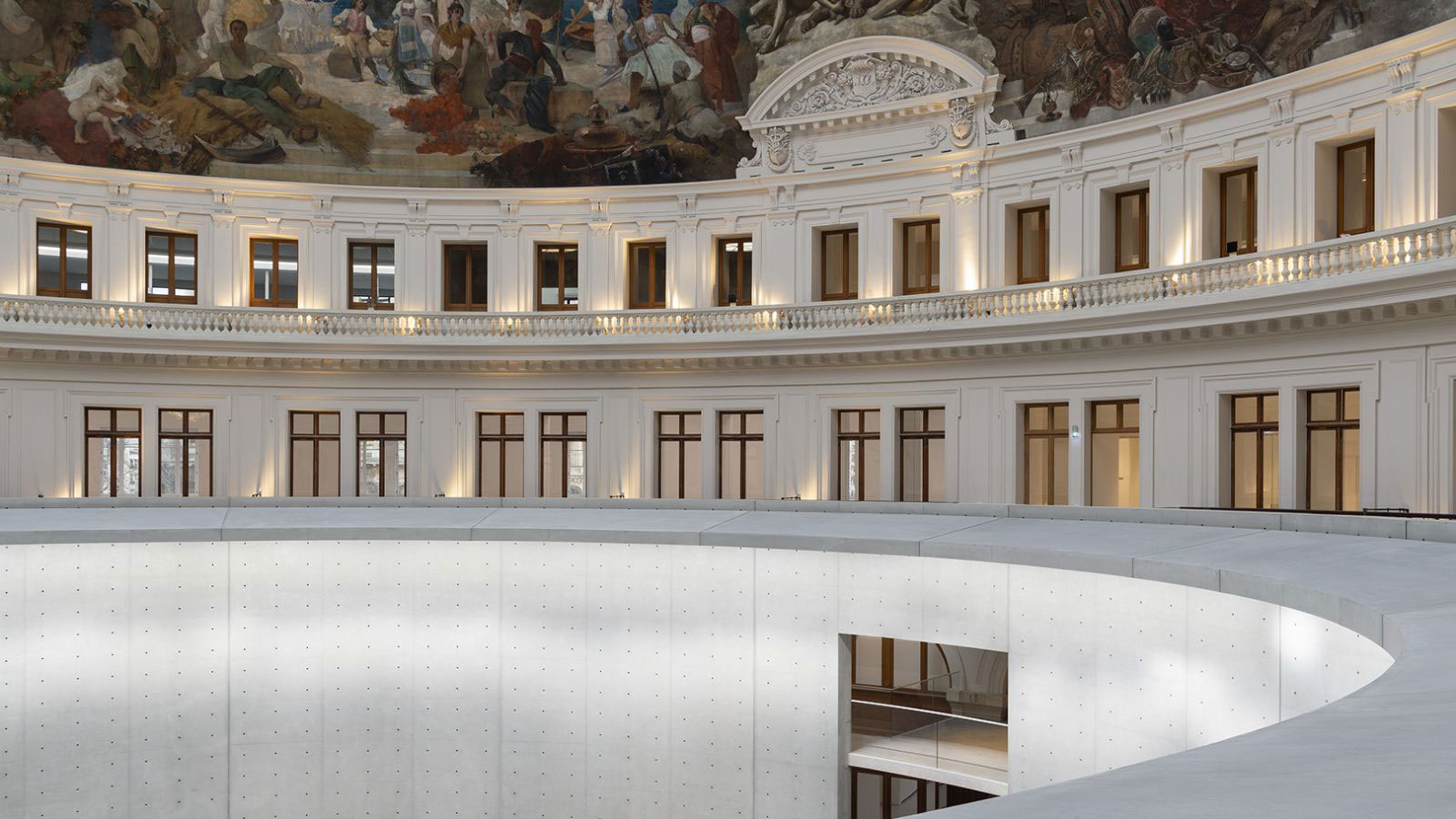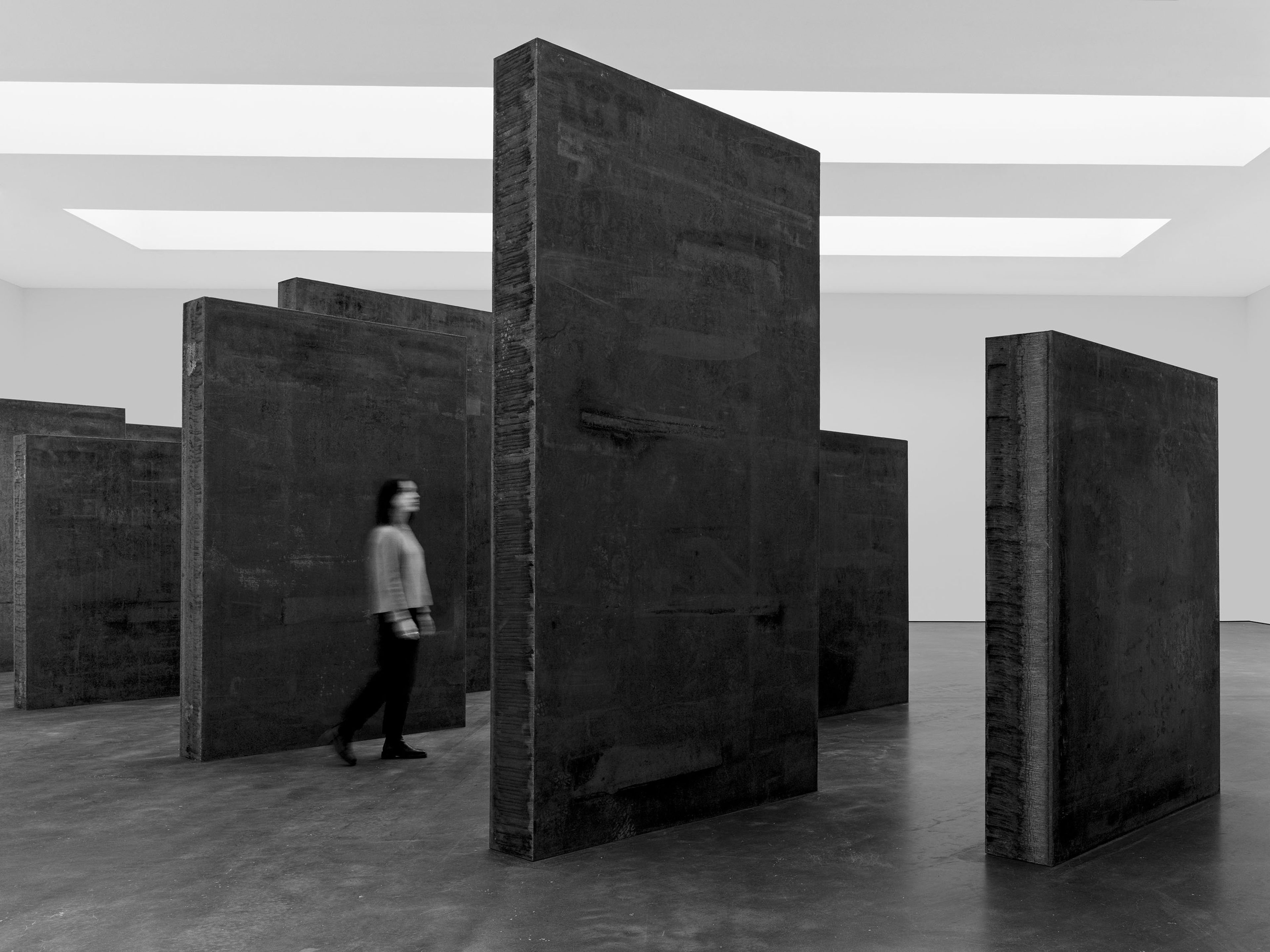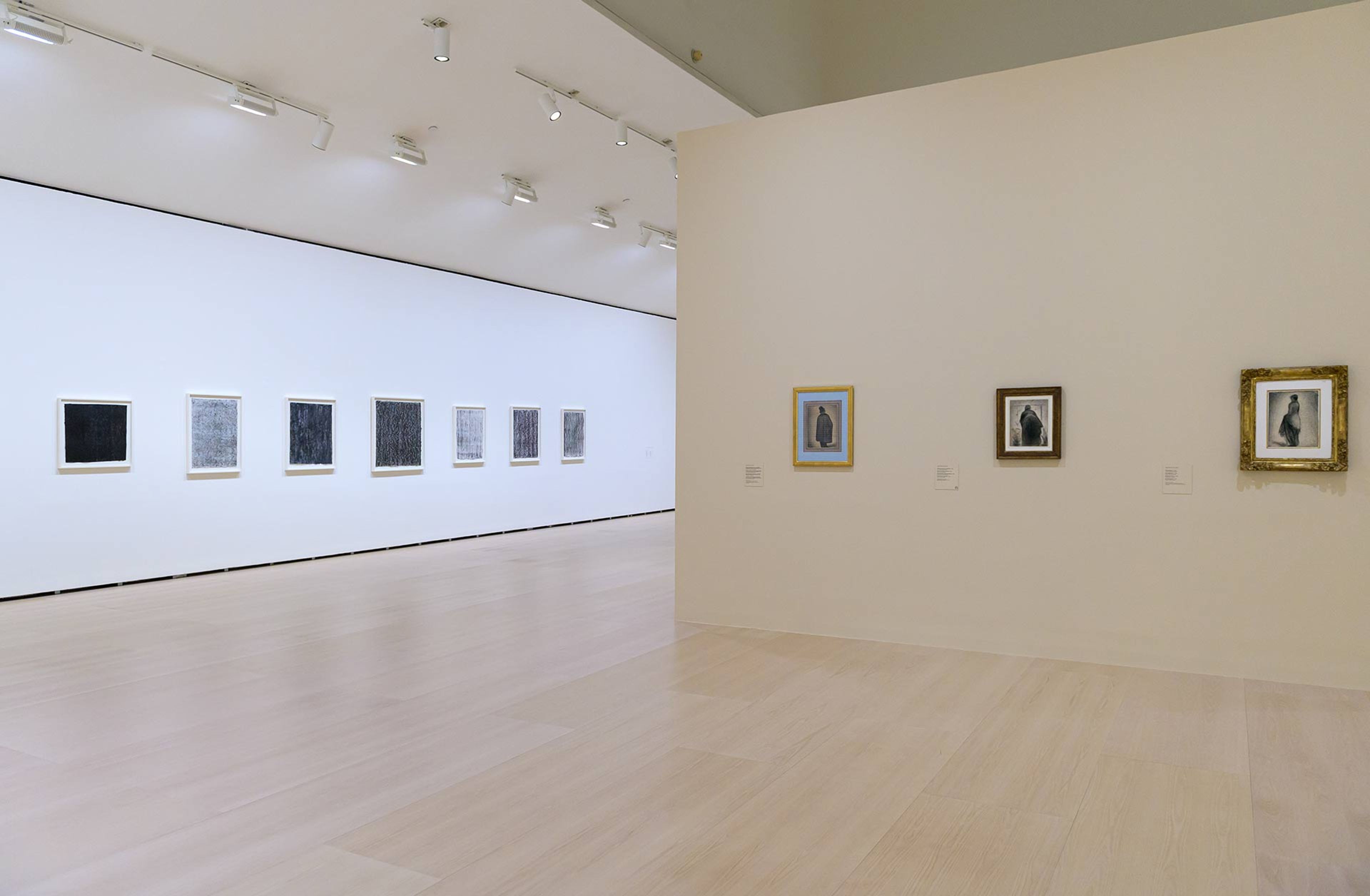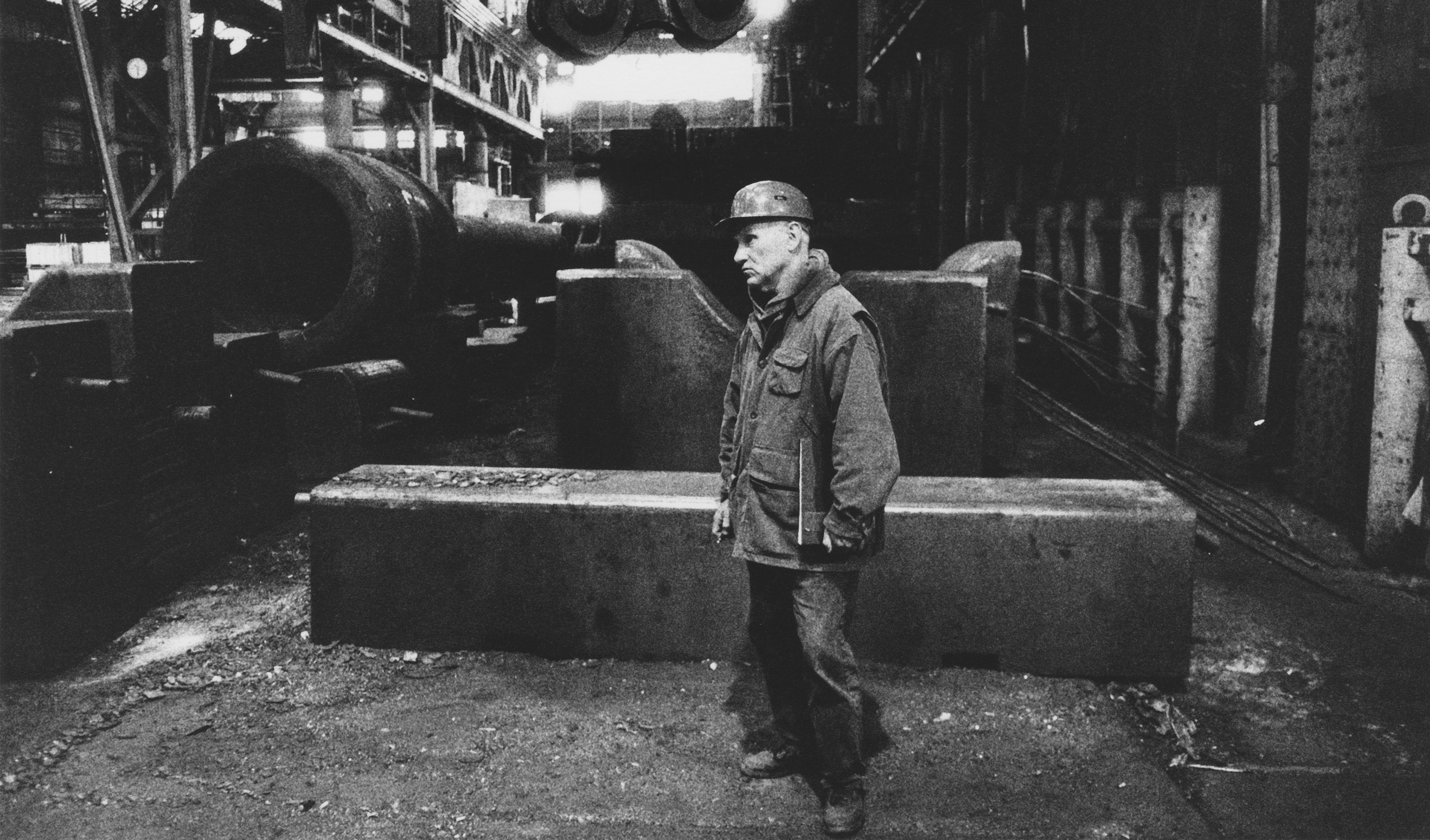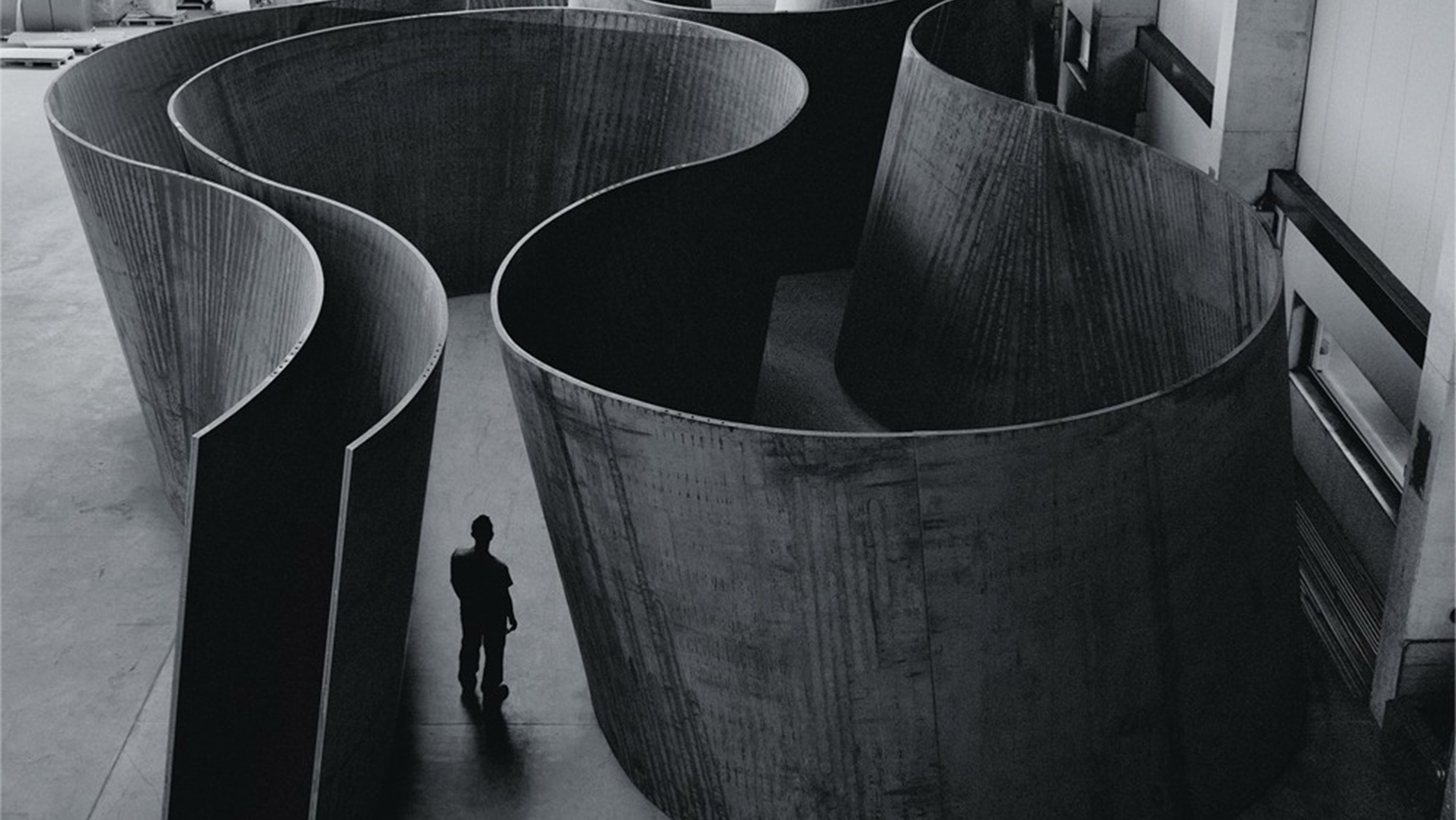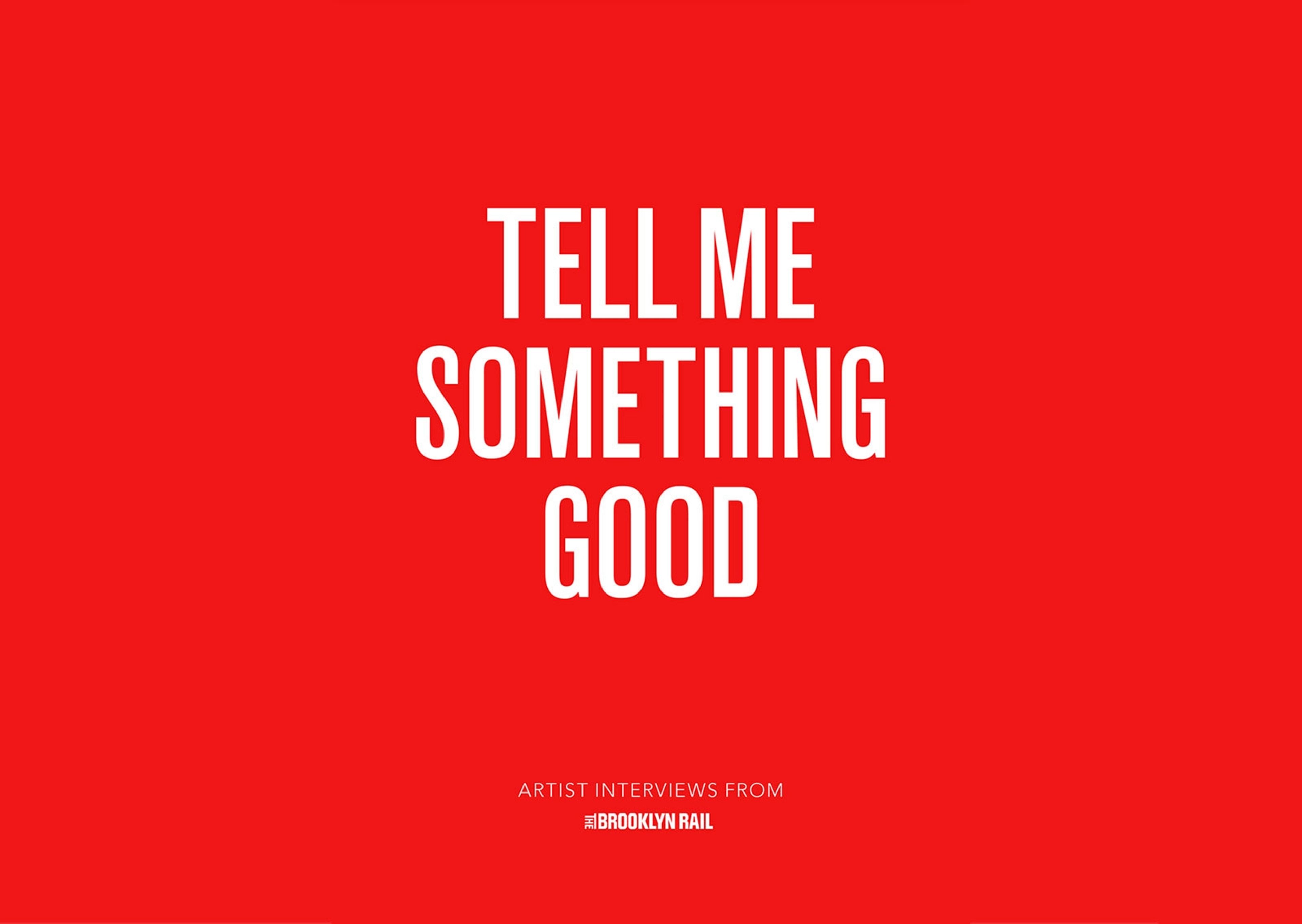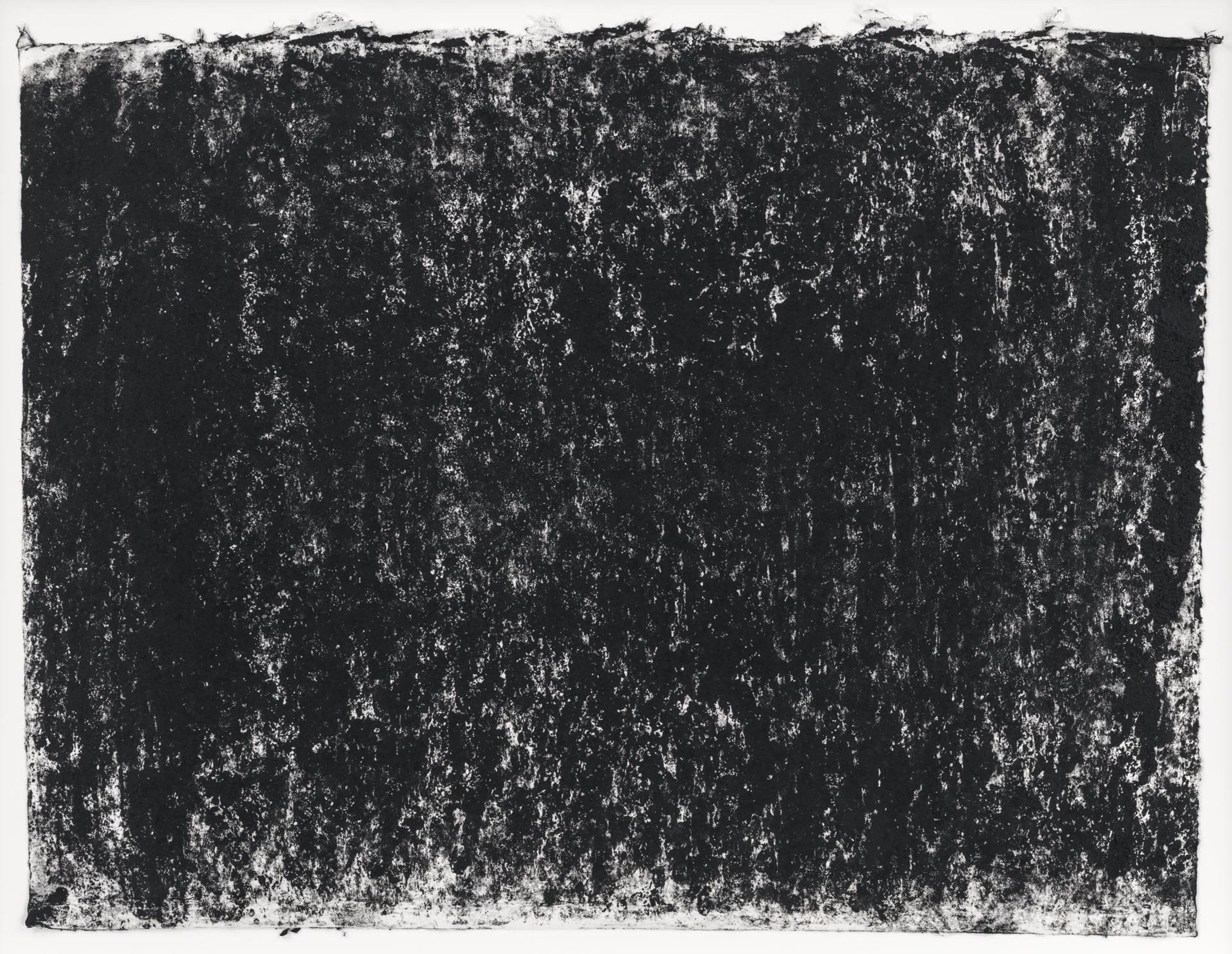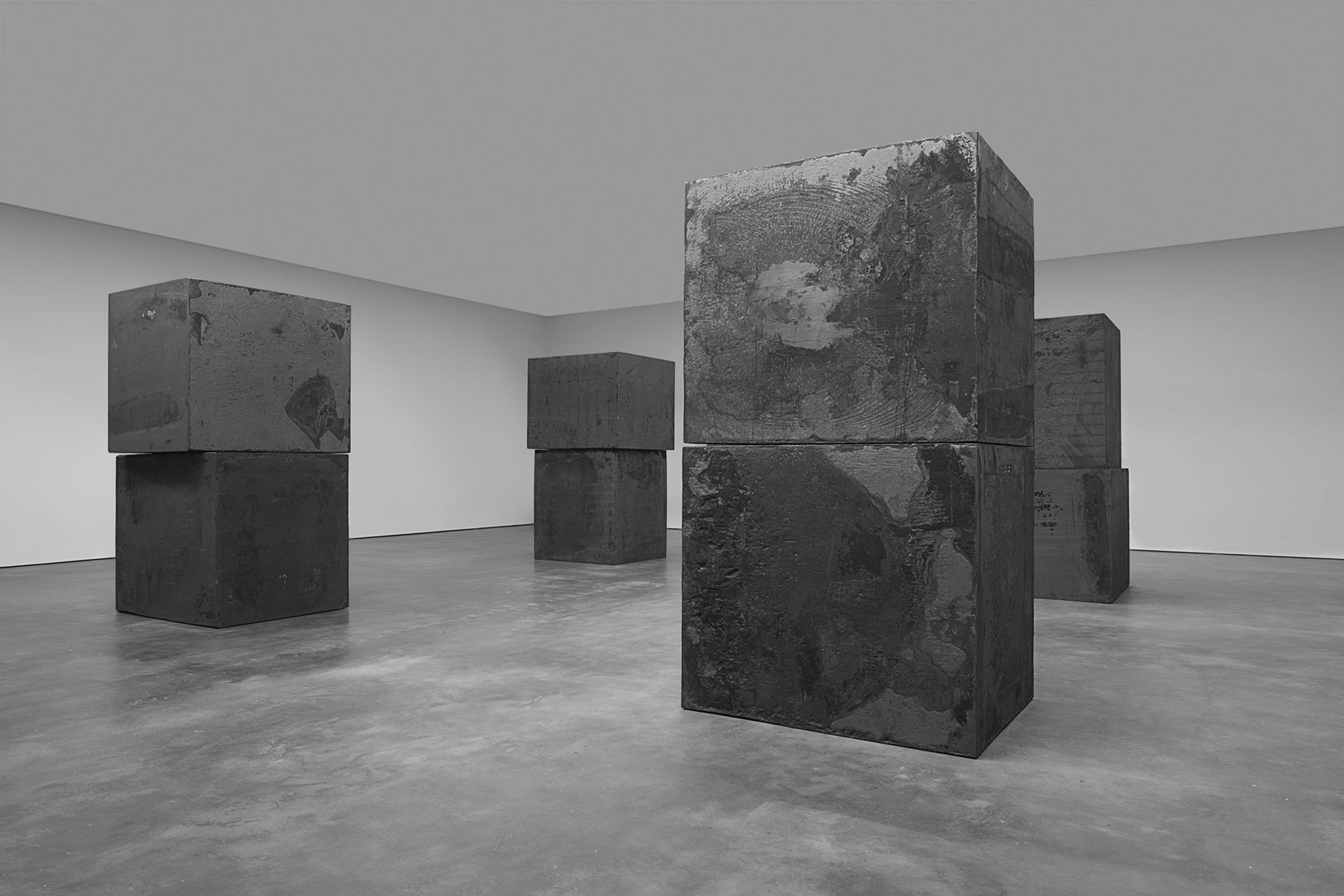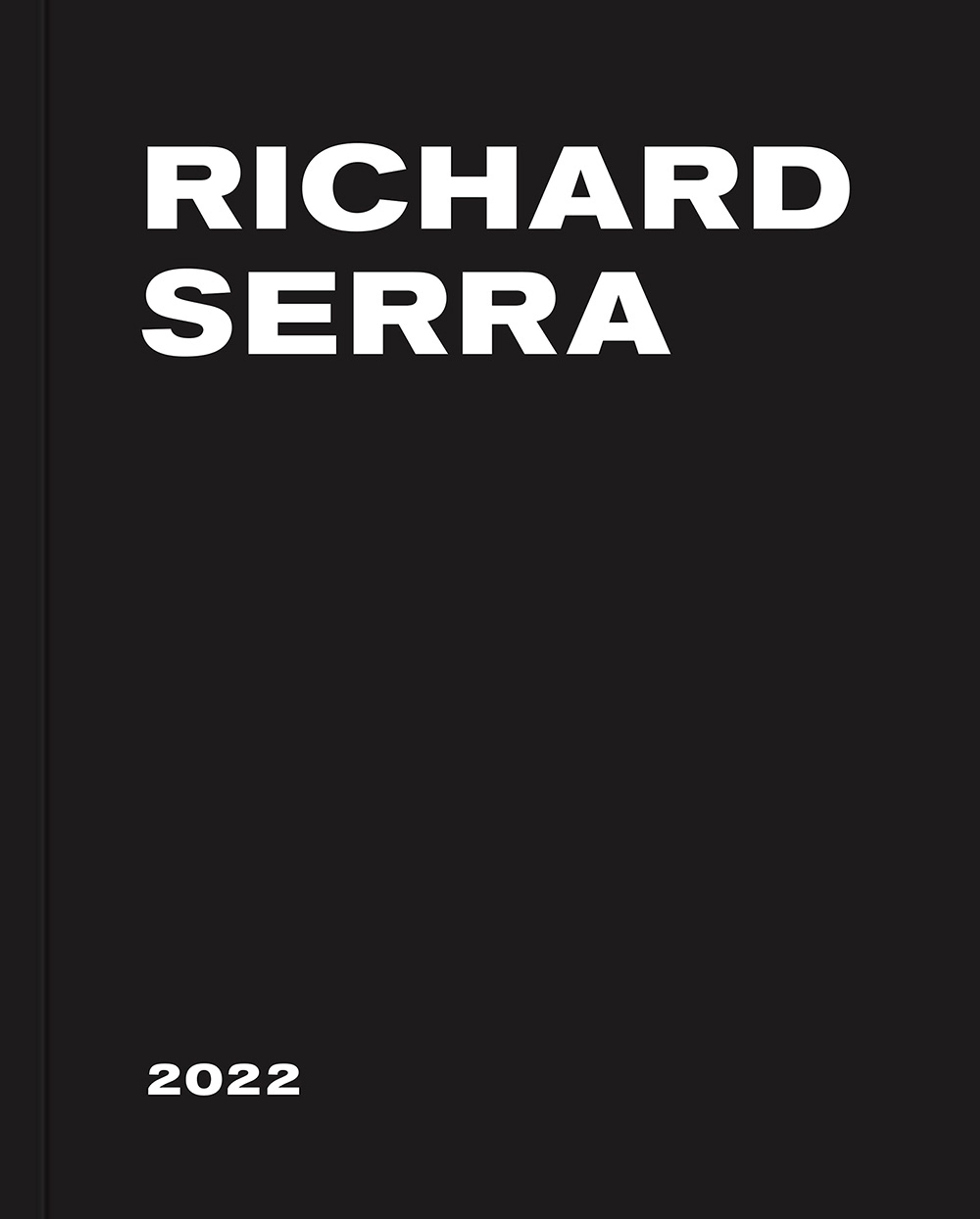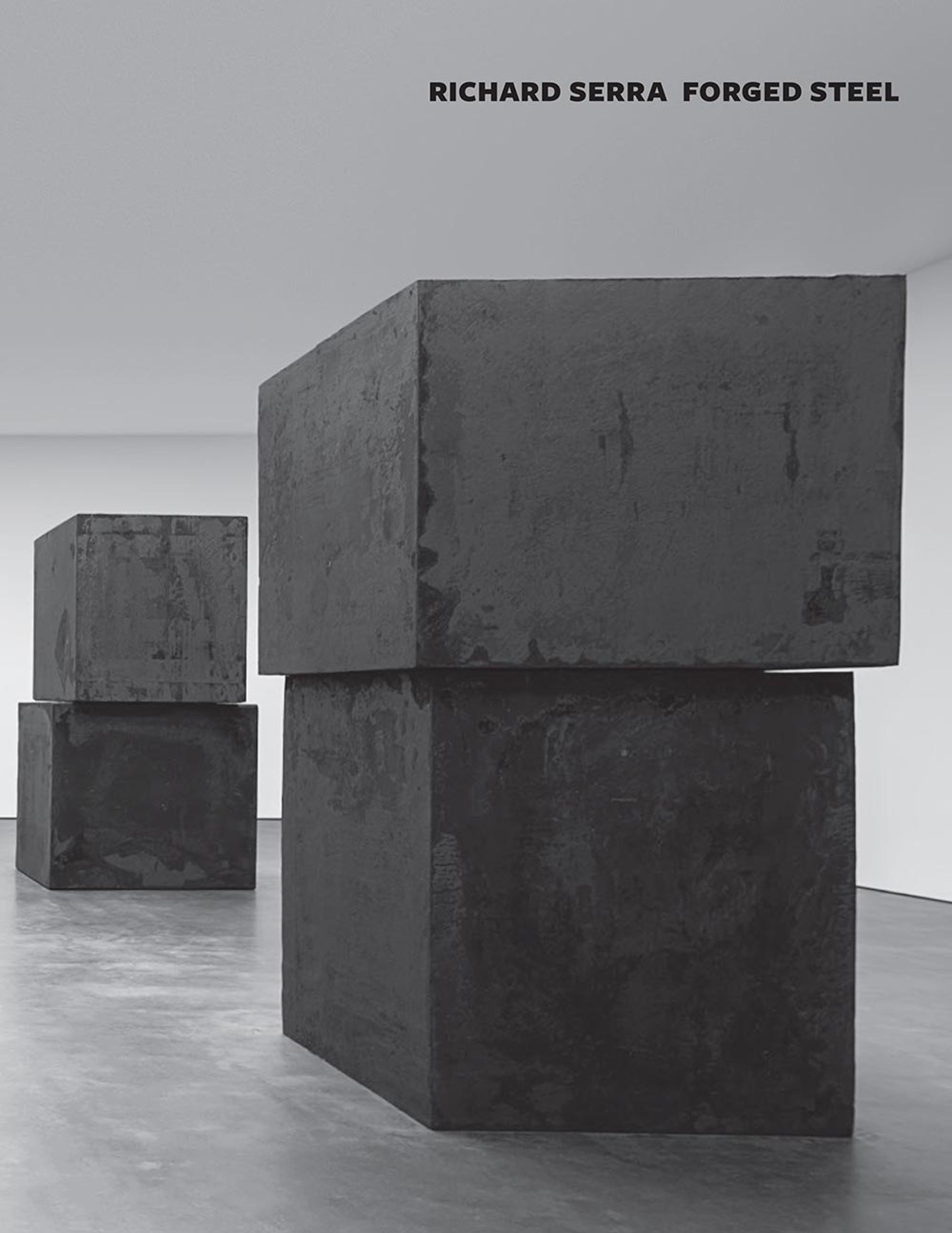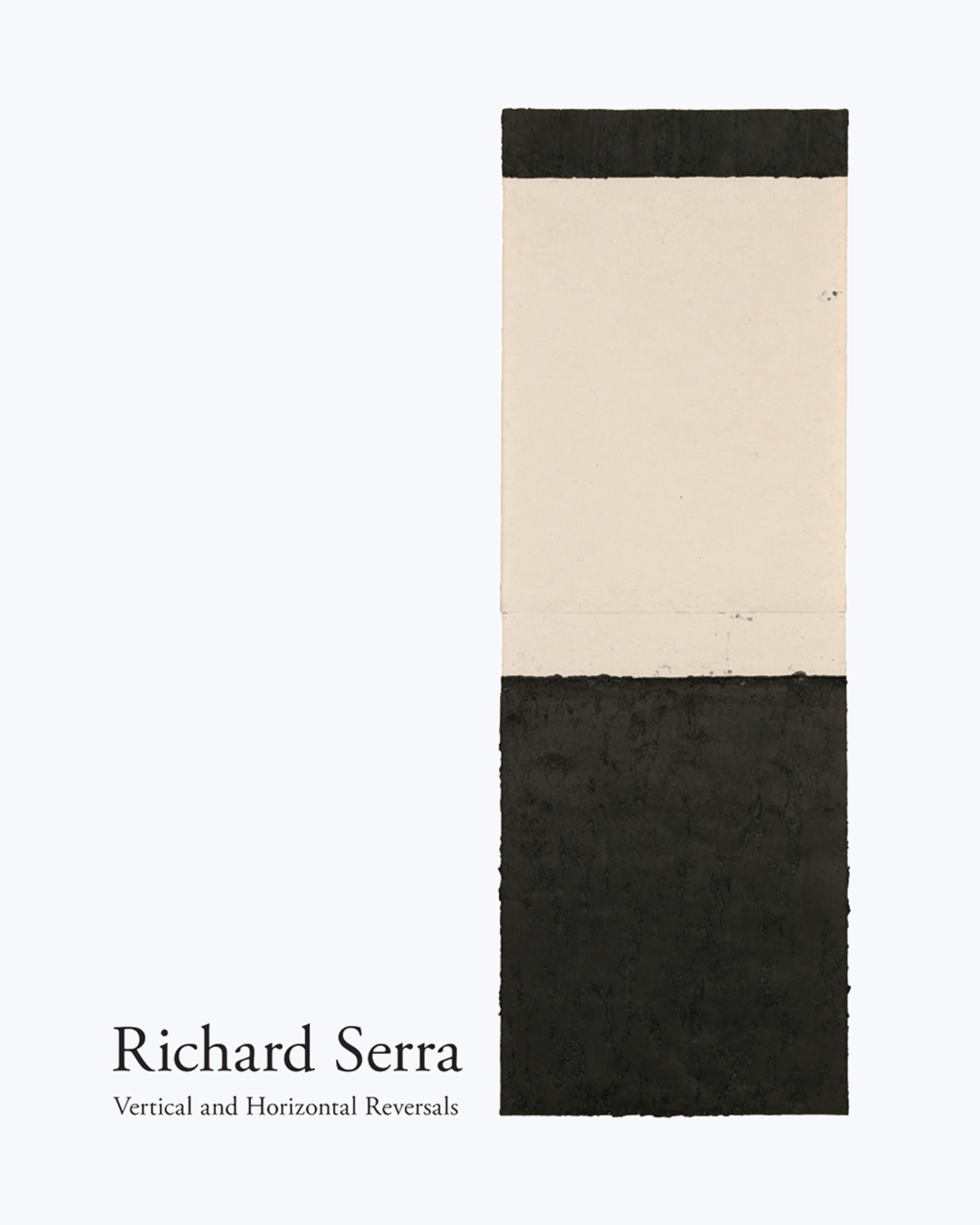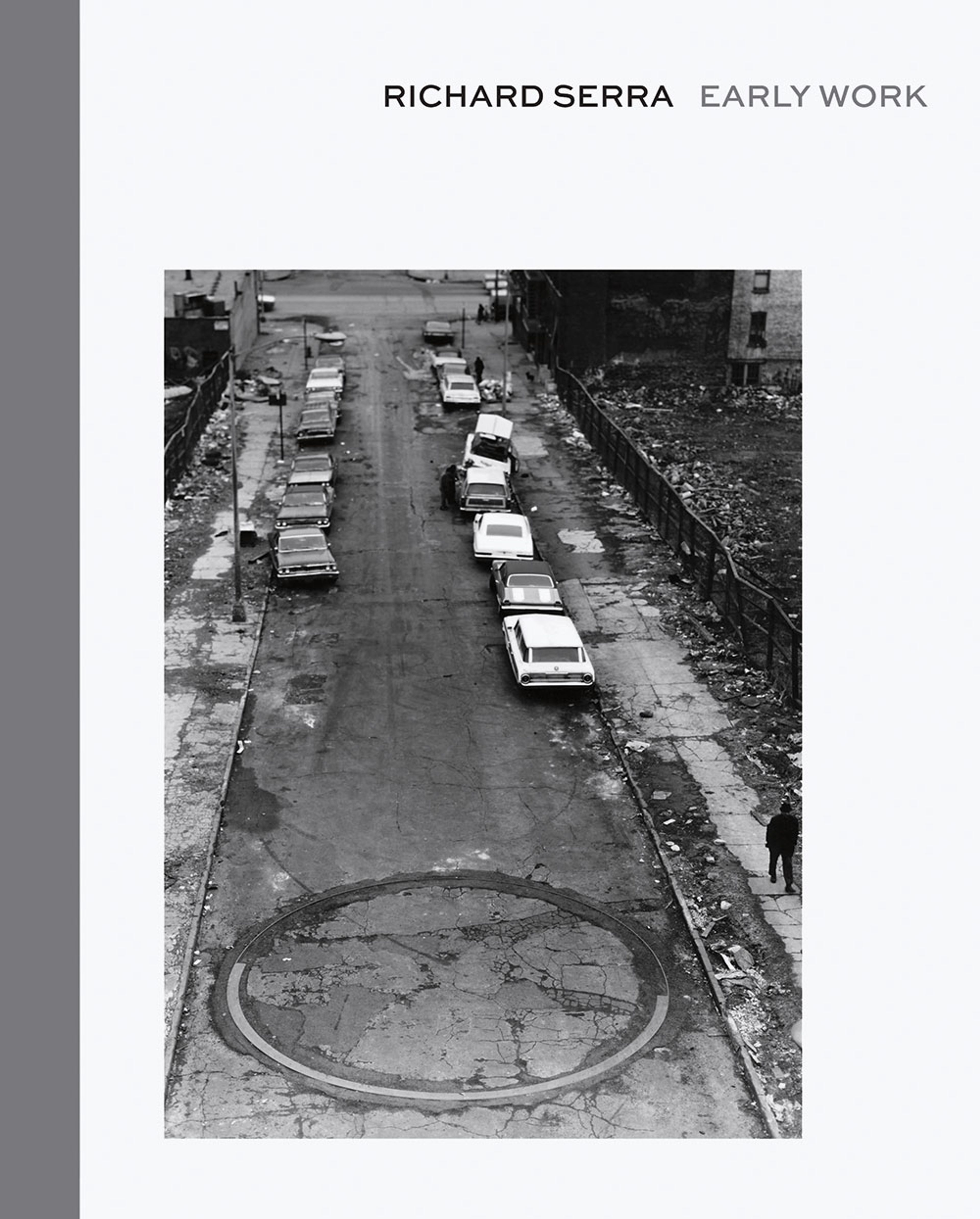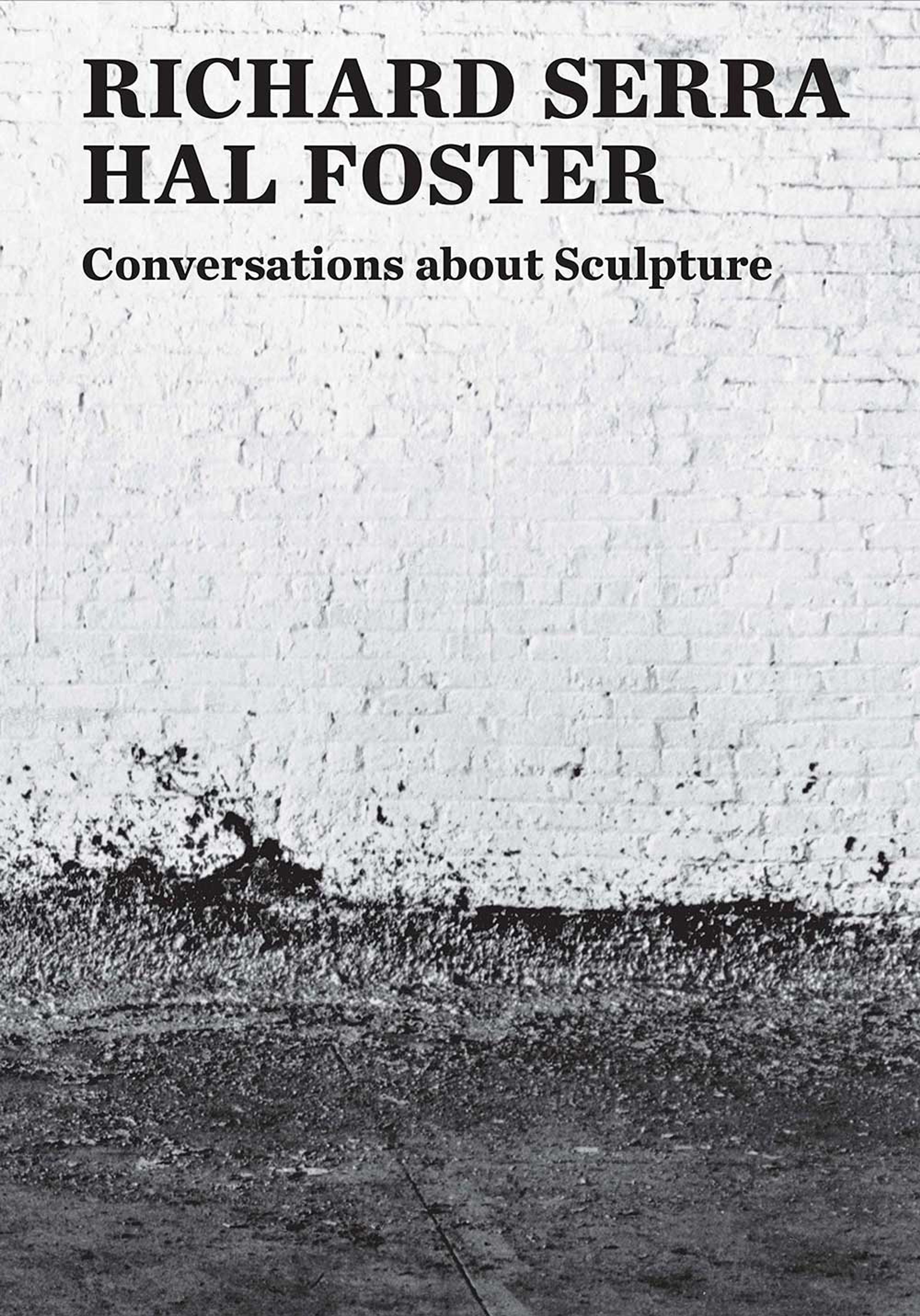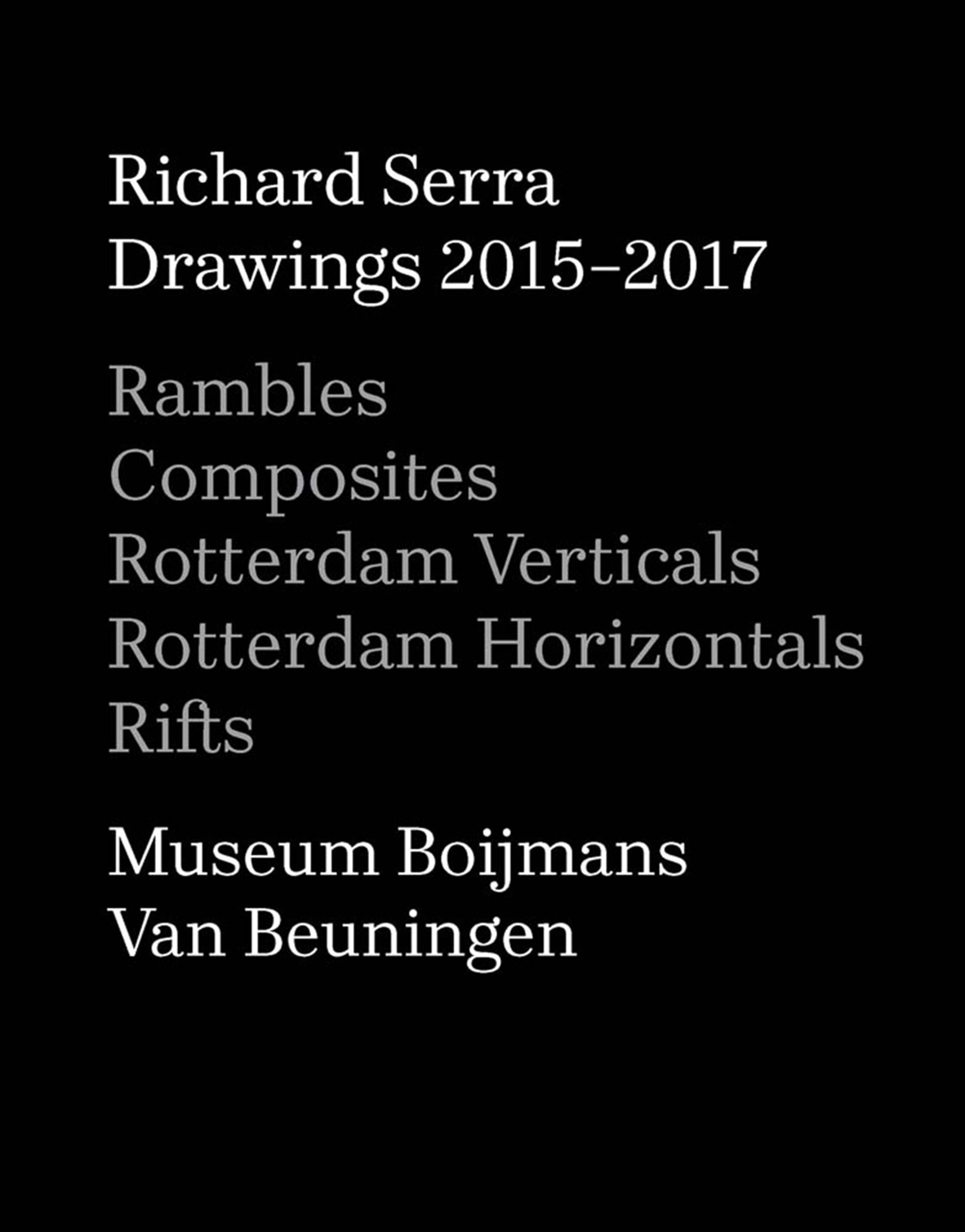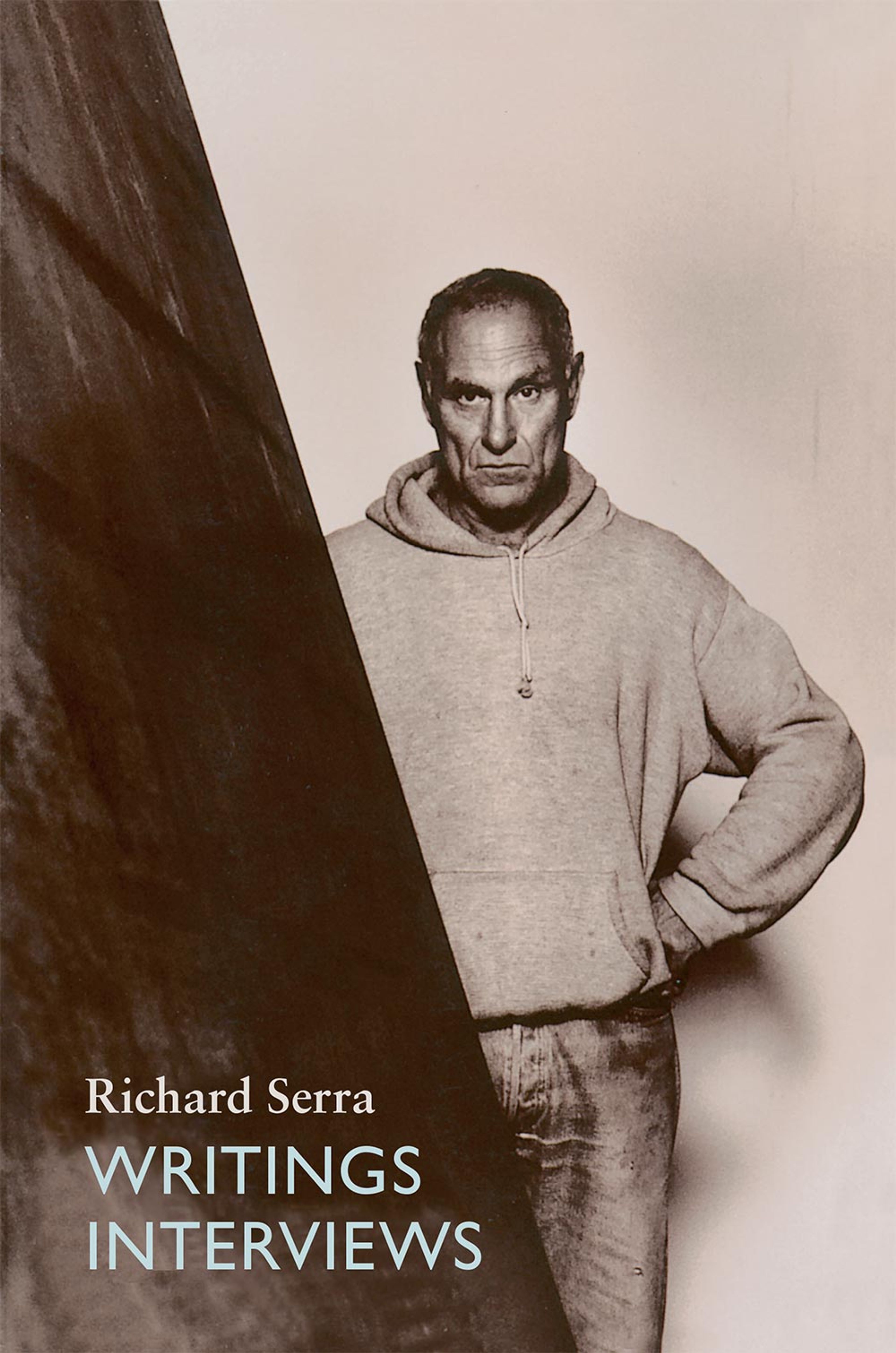Richard Serra
Richard Serra (1938–2024) was born in San Francisco and lived and worked in New York, the North Fork of Long Island, and Nova Scotia. His first significant solo exhibition was held at the Leo Castelli Warehouse, New York, in 1969, and his work has since been featured at prominent institutions worldwide.
Learn MoreSurvey
Exhibitions

Explore Exhibitions
Artist News
Biography
Richard Serra (1938–2024) was born in San Francisco and lived and worked in New York, the North Fork of Long Island, and Nova Scotia. His first significant solo exhibition was held at the Leo Castelli Warehouse, New York, in 1969. His first solo museum exhibition took place at the Pasadena Art Museum in 1970. Serra subsequently participated in numerous international exhibitions, including Documenta (1972, 1977, 1982, and 1987) in Kassel, Germany; the 1980, 1984, 2001, and 2013 editions of the Venice Biennale; and the Whitney Museum of American Art’s Annual and Biennial exhibitions of 1968, 1970, 1973, 1977, 1979, 1981, 1995, and 2006.
Solo exhibitions of Serra’s work have been held at numerous public institutions worldwide, including, among others, the Museum Boijmans Van Beuningen, Rotterdam, the Netherlands (1980); Musée National d’Art Moderne, Paris (1984); Museum Haus Lange, Krefeld, Germany (1985); The Museum of Modern Art, New York (1986); Westfälisches Landesmuseum für Kunst und Kulturgeschichte, Münster, Germany (1987); Städtische Galerie im Lenbachhaus, Munich (1987); Stedelijk Van Abbemuseum, Eindhoven, the Netherlands (1988); Kunsthaus Zürich (1990); CAPC Musée d’Art Contemporain, Bordeaux (1990); Museo Nacional Centro de Arte Reina Sofía, Madrid (1992); Kunstsammlung Nordrhein-Westfalen, Düsseldorf (1992); Dia Center for the Arts, New York (1997); Centro de Arte Hélio Oiticica, Rio de Janeiro (1997–1998); Trajan’s Market, Rome (2000); Pulitzer Foundation for the Arts, St. Louis (2003); and Museo Archeologico Nazionale di Napoli, Naples (2004).
In 2005, The Matter of Time, a series of eight large-scale works by Serra from 1994 to 2005, was installed permanently at the Guggenheim Museum Bilbao, and in 2007, The Museum of Modern Art, New York, presented the retrospective Richard Serra Sculpture: Forty Years. Promenade, a major site-specific installation, was shown at the Grand Palais, Paris, for Monumenta 2008. In 2011, the artist’s large-scale, site-specific sculpture 7 was permanently installed opposite the Museum of Islamic Art in Doha, Qatar. In 2014, the Qatar Museum Authority presented a two-venue retrospective survey of Serra’s work at the QMA Gallery and the Al Riwaq exhibition space, Doha, and East-West/West-East (2014) was permanently installed in the Brouq Nature Reserve in the Zekreet Desert, Qatar. In June 2020, a new major sculpture by Serra was installed on the West Quad of Kenyon College, in Gambier, Ohio. In 2022, Glenstone Museum, Potomac, Maryland, opened a new building designed by Thomas Phifer in collaboration with the artist to house Four Rounds: Equal Weight, Unequal Measure, the monumental sculpture that Serra debuted at David Zwirner in 2017.
Museum exhibitions that have focused on the artist’s drawings include Richard Serra: Tekeningen/Drawings 1971–1977, Stedelijk Museum, Amsterdam (1977); Richard Serra: Zeichnungen 1971–1977, Kunsthalle Tübingen, West Germany (1978); Richard Serra: Drawings, Louisiana Museum, Humlebæk, Denmark (1986); Richard Serra: Tekeningen/Drawings, Bonnefantemuseum, Maastricht, the Netherlands (1990); Richard Serra: Drawings, Serpentine Gallery, London (1992); Richard Serra: Drawings and Prints, The National Museum of Art, Osaka, Japan (1994); Richard Serra: Rio Rounds, Centro de Arte Hélio Oiticica, Rio de Janeiro (1997–1998); and Richard Serra: Drawings: Work Comes Out of Work, Kunsthaus Bregenz, Austria (2008). A major traveling retrospective dedicated to the artist’s drawings was presented at The Metropolitan Museum of Art, New York; the San Francisco Museum of Modern Art; and The Menil Collection, Houston (which was the organizing venue), in 2011–2012. The Courtauld Gallery, London, presented Richard Serra: Drawings for The Courtauld in 2013, and Richard Serra: desenhos na casa da Gávea was on view at Instituto Moreira Salles, Rio de Janeiro, in 2014. Richard Serra: Drawings 2015–2017, a significant overview of the artist’s recent works on paper, was on view at the Museum Boijmans Van Beuningen, Rotterdam, the Netherlands, in 2017. In 2022, the Guggenheim Bilbao presented Serra/Seurat. Drawings, an exhibition pairing a selection of Serra’s recent drawings alongside those by Georges Seurat.
Serra was the recipient of many notable prizes and awards, including a J. Paul Getty Medal (2018) awarded in honor of extraordinary contributions to the practice, understanding, and support of the arts; the Chevalier de l’Ordre national de la Légion d’honneur, Republic of France (2015); Orden de las Artes y las Letras de España, Spain (2008); Orden pour le Mérite für Wissenschaften und Künste, Federal Republic of Germany (2002); Leone d’Oro for lifetime achievement, Venice Biennale (2001); Praemium Imperiale, Japan Art Association (1994); Carnegie Prize (1985); a National Endowment for the Arts Fellowship (1974); and a Fulbright Grant (1965).
In 2013 in New York, David Zwirner presented Richard Serra: Early Work, a critically acclaimed exhibition that brought together significant works from 1966 to 1971. The accompanying catalogue extensively covers this period of the artist’s career with a compendium of archival texts and photographs and an essay by Hal Foster. In 2014, the gallery presented an exhibition of new drawings, Richard Serra: Vertical and Horizontal Reversals; a catalogue accompanied the exhibition and included an essay by Gordon Hughes. Richard Serra: Equal, an installation in forged weathering steel, was presented at David Zwirner, New York, in 2015. That work is now in the collection of The Museum of Modern Art, New York. In 2016, David Zwirner Books/Steidl published Richard Serra: Forged Steel, which surveys the artist’s work in forged steel since 1977 and features scholarship by Richard Shiff and texts by the artist. In 2017, the gallery presented an exhibition of new sculpture and drawings by the artist at its New York location. In 2018, David Zwirner presented a series of new drawings by Serra in Hong Kong. In 2022, a forged steel work titled 2022 was presented at David Zwirner, New York, alongside a series of drawings by the artist; these two presentations were accompanied by the publication Richard Serra: 2022. In 2024, the gallery presented Six Large Drawings at David Zwirner’s London location. Also in 2024, a major 2015 installation by the artist, Every Which Way, was on view at David Zwirner New York.
Work by Serra is held in important public and private collections worldwide.
Selected Press
Selected Titles

Request more information
